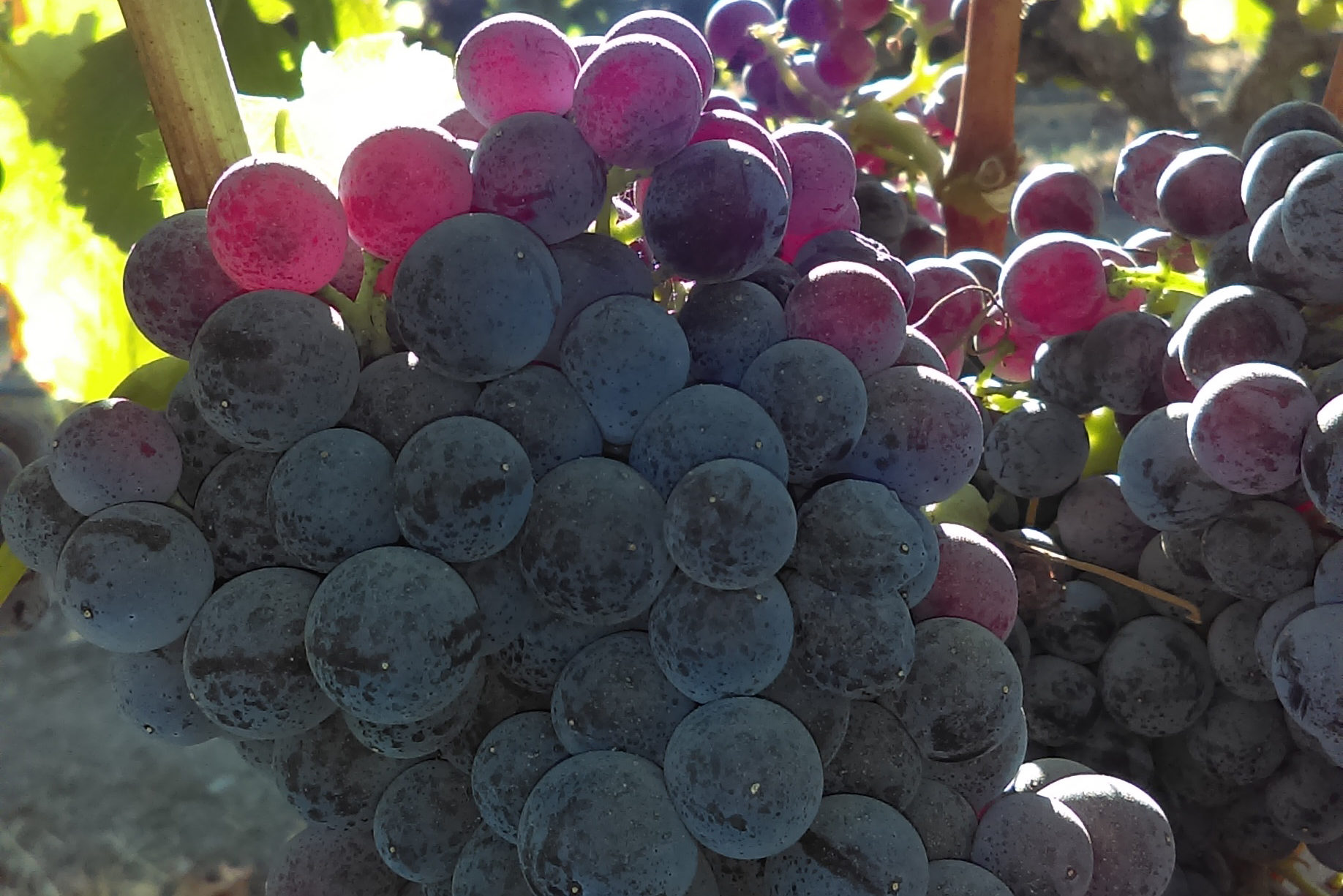Celebrating National Rosé Month

It was a light but treacherous rosé.
Waverly Root, Foods of France(1958)
The month of August is National Rosé Month. We love rosé – one of its many joys is that there are so many styles, styles that loosely can be characterized by color, grape variety, and method of production – and flavor!
Colors can range from pale blush to dark pink, while the method of production incorporates the timing of harvest, the method of fermentation, and aging. Darker colors (saturation) usually result from longer extraction – the length of time the juices spend in contact with the grape skins before pressing. Darker wines are, in general, fuller bodied. Lighter wines usually result from shorter extraction times and are lighter bodied and often have more delicate aromas.
The grape variety also affects the hue and flavor of the rosé. In Europe, allowable varieties are tightly regulated. Tavel rosé, for example, can only be made from grenache, cinsault, syrah, or mourvedre. In California, on the other hand, there are no regulations on the winemaker’s choice of grape variety – we have seen rosés made from traditional grapes like grenache and pinot noir to rosés made from cabernet sauvignon, zinfandel, and even petite sirah.
In addition to the choice of grape variety and the duration of extraction, the method of production has a significant impact on flavor and body. The method of production can be generalized into saignée, where juice is drawn off from a red wine prior to or during its fermentation, and the traditional method, where fruit is harvested for the single purpose of making rosé wine and is fermented after pressing.
Saignée is a commonly used method for the production of rosé wine. In saignée, the grapes are grown to full maturity with the intention of making a red wine. At some point prior to, or just after, the start of fermentation juice is drawn off and finished off of the skins. Because the fruit is harvested at full maturity for red wine production, saignée rosé is often darker in color, is fuller bodied, and often riper than those that are produced using the traditional method. Saignée can produce an excellent wine, but it is a different style than those wines produced in the traditional fashion.
With the traditional method, the fruit is grown and harvested expressly for rosé. With the traditional method, acid is of paramount importance both to balance the perceived sweetness of the fruit and to create a vibrancy and freshness that is essential in this style of wine. The fruit is harvested, stemmed, and lightly crushed; the juice then is allowed to soak with the skins until the desired color is achieved. At the desired color, the juice is pressed off and allowed to ferment without any further skin contact. Wines produced in this manner will often be lighter in color and have higher acidity and crispness than those produced using saignée.
When we delved into rosé a decade ago, we asked ourselves what style of wine we felt best reflected the quality of our fruit and our lifestyle. From there, we experimented with grape variety, timing of harvest, the length of time for extraction, and methods of fermentation. It remains an evolutionary process that continues to evolve with our understanding of our terroir. Over the years we have settled on grenache as our variety of choice. We love the flavors of strawberry and watermelon rind and the nice burst of lemony acidity on the finish when made from an early harvest using the traditional method.
We love to harvest just before dawn when the temperatures are near their coolest. This way the fruit arrives at the winery still chilled from the night with the volatile flavor compounds intact.
On arrival, we hand sort and then stem our fruit. The stemming cracks a number of the berries and allows the juice to contact the skins and absorb color. Because we harvest early for the natural acids, there hasn’t been enough time for the tannins to ripen so we press the juice gently to prevent any unripe (bitter) skin tannins from leaching into the juice.
The pressed wine is pumped into a refrigerated stainless-steel tank and then allowed to settle for 24 hours. Settling removes pieces of pulp, skins, or stems that have made it through the press. After settling, the cold, clean juice is racked into another refrigerated tank to begin fermentation. Fermentation is low and slow – low temperature for a long time. This reduces the loss of volatile flavors that would occur with warmer fermentation.
Current Release: 2024 Founder’s Rosé of Grenache
Vineyard: Fong Vineyard, Livermore Valley
Cases produced: 58
Alcohol: 13.3
Harvest Date: September, 2024
Bottling Date: February, 2025


